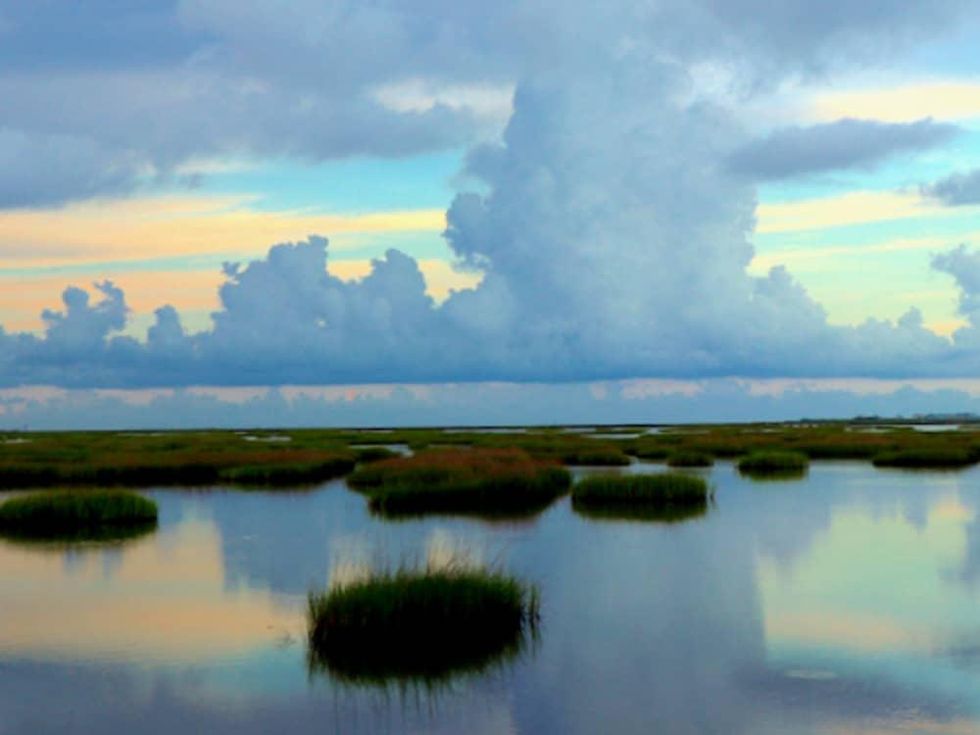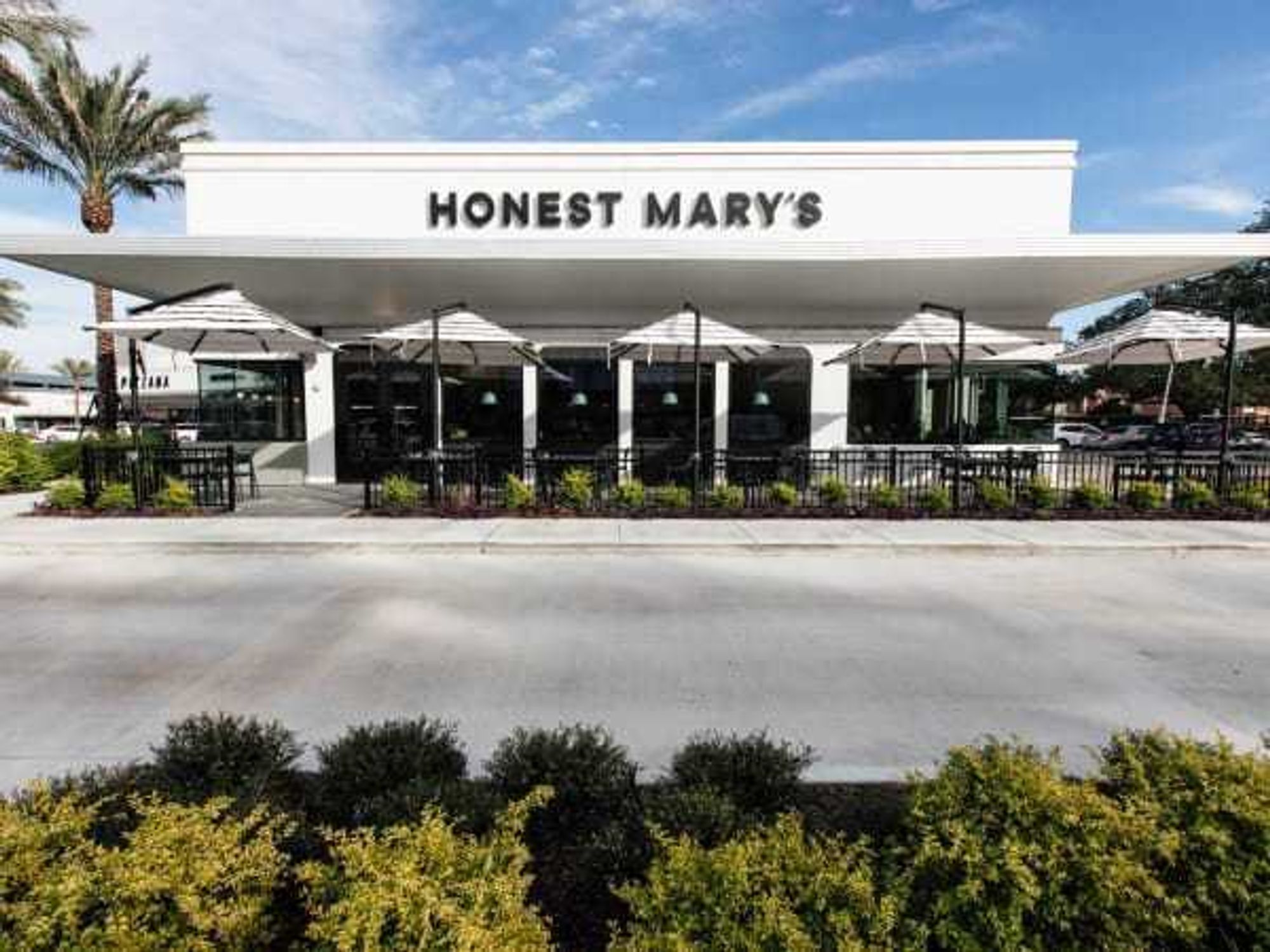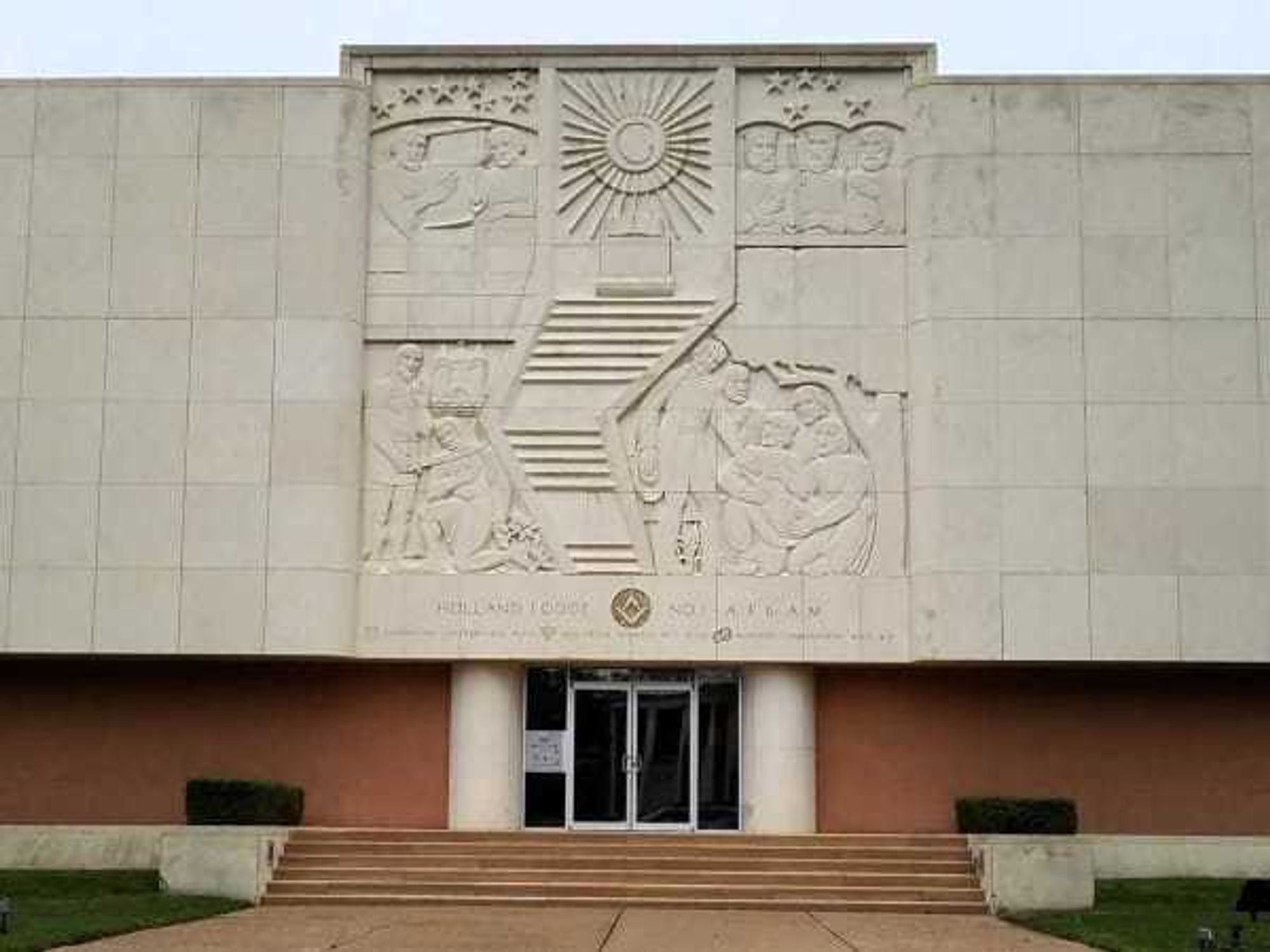c for the bay
Galveston Bay stays afloat in new report ranking post-Harvey recovery
As the one-year anniversary of Hurricane Harvey approaches, Galveston Bay’s overall health has been given a workup via a new survey. The results are sobering, but hardly surprising, given the coastal ecosystem’s post-storm challenges.
A survey dubbed the Galveston Bay Report Card, now in its third year, has graded Galveston Bay a C in overall health — a grade that has remained consistent since the card’s inception. Data and trends are evaluated by 22 indicators that describe Galveston Bay and the surrounding watersheds, which span across 24,000 square miles and includes half of Texas’ population.
Indicators are divided among six critical issues – water quality, wildlife, habitat, coastal change, pollution events and sources, and human health risks. Each indicator is graded on a scale of A to F. The research comes courtesy of the Galveston Bay Foundation and the Houston Advanced Research Center.
A breakdown of the bay’s scores reveals the ongoing challenges wildlife faces with threats of pollution, oil spills, and habitat loss — but also good news for water quality.
Wildlife
Galveston Bay earned an overall grade of a D, which is a decline from the C earned last year. Specifically, “Shellfish” received a D grade due to the steadily decreasing blue crab population.
Pollution events and sources
Pollution events and sources have continued to show incremental improvement and have maintained a C grade. More than 230 oil spills are reported on average every year in Galveston Bay with most being less than five gallons. Additionally, the total volume spilled in 2017 improved dramatically from an F grade to an A.
Human health risks
Overall, the Bay received a C, earning an A and a B in the subcategory of “Recreation Safety” for the Bay and rivers and bayous, respectively. “Seafood Consumption Safety” earned a C and a D for the Bay and rivers and bayous.
Habitat
An overall grade of a D was assigned and the subcategory of underwater grasses earned a C. Subcategories “Wetlands,” “Seagrass” and “Oyster Reefs” received incomplete grades due to a lack of updated data, which is problematic after an event like Hurricane Harvey.
Water quality
The Bay continues to maintain its overall A grade, which has remained consistent since the 2016 Report Card.
Coastal Change
The overall grade remained a C, however, the sub-category of “Sea Level Rise” remained an F, while “Water Temperature” and “Water pH” each received an A.
“The 2018 Report Card is a summary of indicator data representing the last year,” said the Houston Advanced Research Center’s president and CEO, Lisa Gonzalez. “The Report Card gives the public a way to look at long term change and acute stressors such as hurricanes and droughts. The Report Card is not necessarily representative of the conditions during Hurricane Harvey because of monitoring data gaps in the days and weeks after the storm, but rather it provides context for these large events.”
Galveston Bay is a significant presence in the Gulf Coast, as it is one of the area's most productive ecosystems and a vital natural resource for recreation, tourism, and industry. The bay is home to three ports and two major cities, while serving as a hub for the manufacturing and refining of chemicals and petroleum products. With continued awareness of the region's issues, locals and area enthusiasts can only hope that the bay scores better in the future.




 The building at 4911 will be torn down for the new greenspace. Holland Lodge No. 1, A.F. & A.M./Facebook
The building at 4911 will be torn down for the new greenspace. Holland Lodge No. 1, A.F. & A.M./Facebook